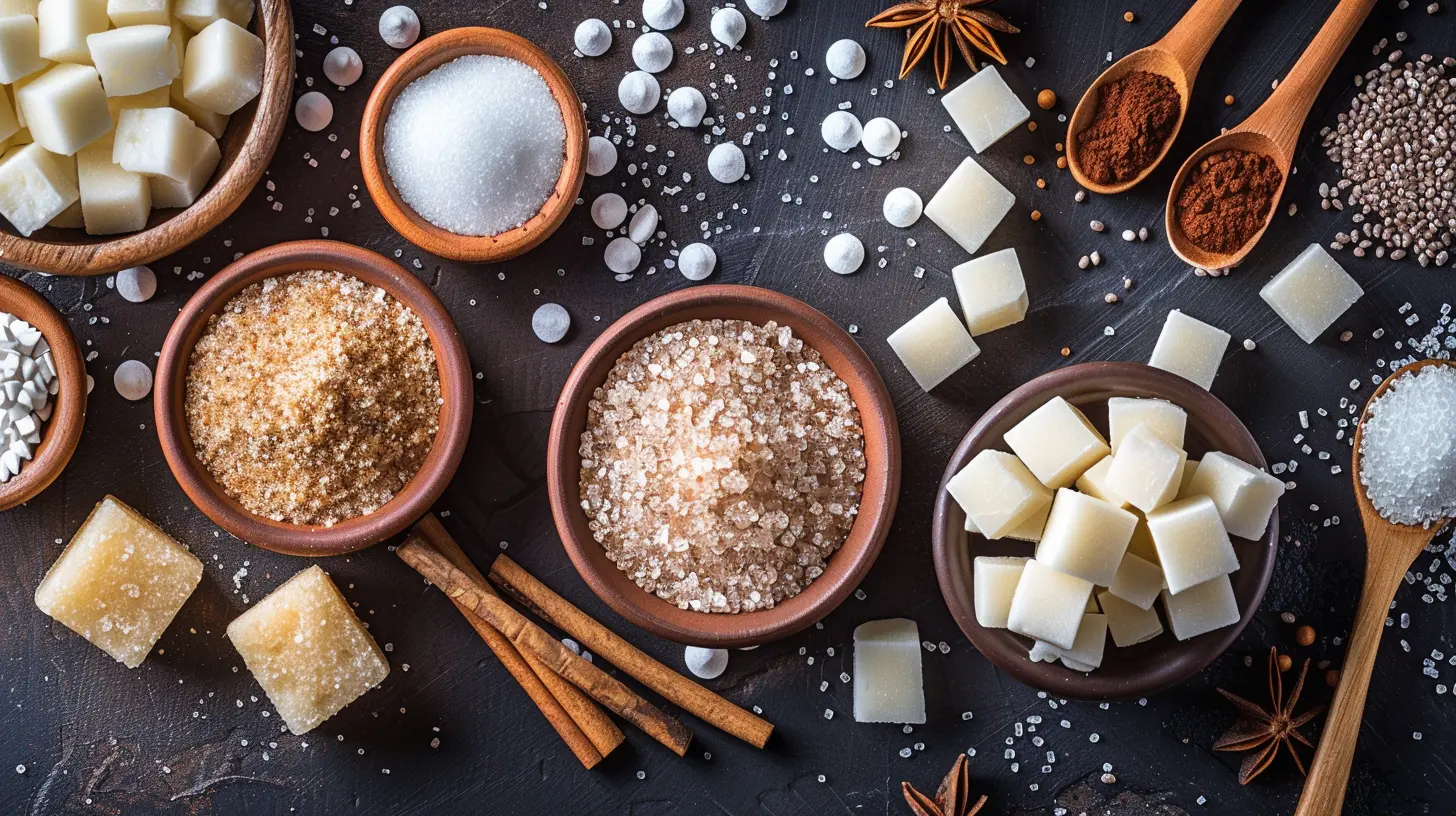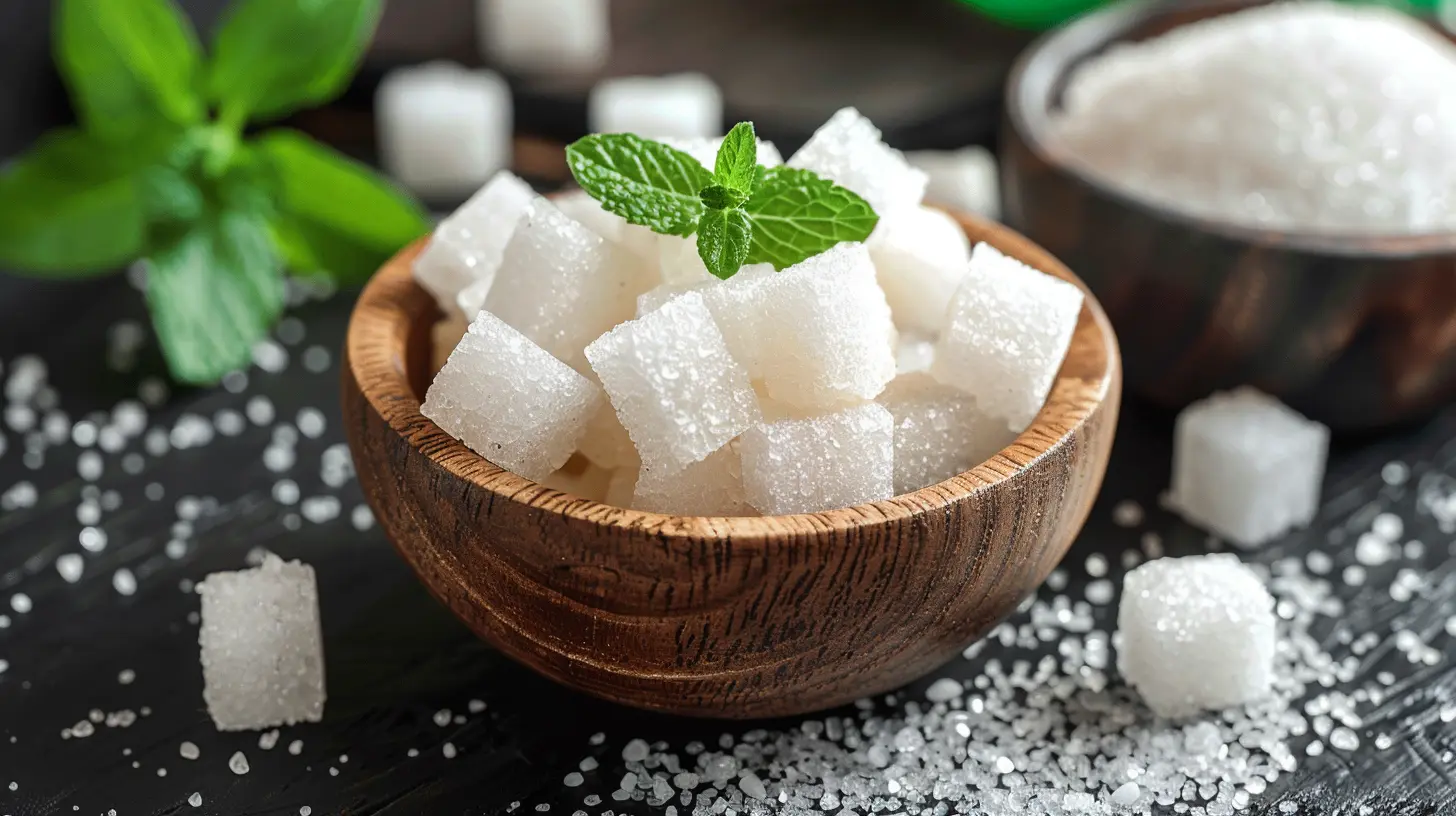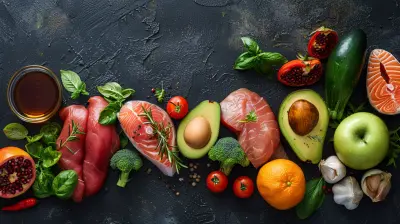Sugar-Free and Keto: Are They the Same?
30 July 2025
When you hear the words sugar-free and keto, do you assume they mean the same thing? Many people do! After all, both focus on cutting out sugar, right? Well, not exactly. While they share similarities, sugar-free and keto are two different concepts with key differences.
If you're trying to reduce sugar, lose weight, or follow a healthier diet, understanding these differences can save you from confusion—and disappointment. So, let’s dive in and break it all down.
What Does Sugar-Free Really Mean?
"Sugar-free" simply means a product or diet that does not contain added sugar. This includes common sugars like white sugar, brown sugar, honey, and even healthier alternatives like coconut sugar. A sugar-free diet aims to eliminate or significantly reduce sugar intake to avoid blood sugar spikes, weight gain, and other health issues.But Here’s the Catch...
Even though a product is labeled sugar-free, it doesn’t always mean it's "healthy" or "low-carb." Many sugar-free foods still contain artificial sweeteners, sugar alcohols, and other carbohydrates that can affect your blood sugar and metabolism.For example:
- Diet sodas are sugar-free, but they often contain artificial sweeteners like aspartame or sucralose.
- "Sugar-free" cookies and candies may not have added sugar but can still be packed with carbs and unhealthy fats.
- Fruit juices labeled "no added sugar" still contain natural sugars that impact blood glucose levels.
So, just because something says "sugar-free" doesn’t mean it fits into every diet—especially keto!
What Is the Keto Diet?
The ketogenic (keto) diet is a high-fat, low-carb eating plan. The goal? To shift your body into a state of ketosis, where you burn fat instead of carbohydrates for energy.In order to stay in ketosis, most people on keto aim to consume:
- 70-80% fats (avocados, nuts, cheese, butter)
- 10-20% protein (eggs, meat, fish)
- 5-10% carbohydrates (mostly from non-starchy vegetables)
That means extremely low sugar, but also low-carb overall. A keto diet focuses on total carb intake, not just sugar alone.
Key Differences Between Sugar-Free and Keto
While sugar-free and keto diets share some similarities, they aren’t interchangeable. Here’s why:1. Sugar-Free Doesn’t Always Mean Low-Carb
Many sugar-free products contain sugar alcohols, fibers, and starches that can still raise blood sugar levels. Since keto is focused on reducing all sources of carbs, not just sugar, some sugar-free foods can still be too high in carbs for keto.For instance:
- A sugar-free chocolate bar may contain maltitol, a sugar alcohol that can spike blood sugar almost as much as regular sugar.
- Sugar-free bread might lack added sugar but still contain wheat flour, which is high in carbs.
2. Keto Limits More Than Just Sugar
The keto diet isn’t just about ditching sugar—it drastically cuts all carbs, including those from grains, fruits, and even some vegetables. A sugar-free diet, on the other hand, may still allow carb-heavy foods like bread, pasta, and potatoes as long as they don’t have added sugar.3. Artificial Sweeteners? Sugar-Free Uses More of Them
Many sugar-free products use artificial sweeteners like aspartame, sucralose, and saccharin. While these may technically contain no sugar, they aren’t necessarily keto-friendly. Some sweeteners, like maltodextrin and maltitol, still spike blood sugar levels, which can ruin ketosis.Keto-friendly sweeteners include:
- Stevia
- Monk fruit
- Erythritol
If you're on keto, you need to read labels carefully to avoid hidden carbs in sugar-free products.
Can You Be Sugar-Free but Not Keto?
Absolutely! Many people follow a sugar-free diet but still consume carbs from grains, fruits, and starchy vegetables. For example, someone who cuts out desserts, sodas, and candy but still eats whole wheat bread, quinoa, and bananas is sugar-free but not keto.In contrast, keto eliminates almost all sources of carbohydrates, including natural sugars from fruits. That’s why people on keto avoid even high-carb sugar-free foods.
Can You Do Keto Without Being Sugar-Free?
Technically, no—because keto is naturally low in sugar. However, some people on keto still consume small amounts of sugar, such as:- Dark chocolate (85% or higher)
- Berries in moderation
- Keto-friendly sweeteners (which mimic sugar without the carbs)
While keto limits sugar, it doesn’t require avoiding all sweets—just the ones that spike insulin and kick you out of ketosis.
What’s the Best Choice for You?
It depends on your health goals.- If you’re trying to cut sugar for general health, a sugar-free diet may be enough for you.
- If you want to lose weight rapidly, manage insulin levels, or improve metabolic health, keto could be a better fit.
- If you’re diabetic or pre-diabetic, both sugar-free and keto can help, but keto is typically more effective at stabilizing blood sugar levels.
Whichever path you choose, reading labels is crucial. Sugar-free doesn’t always mean keto-friendly, and keto-friendly doesn’t always mean healthy!
Final Thoughts
So, are sugar-free and keto the same? No, not exactly.While both focus on reducing sugar, keto takes it a step further by restricting total carbs to force the body into ketosis. On the flip side, being sugar-free doesn’t mean low-carb, and it doesn’t automatically make foods keto-friendly.
If you're considering either lifestyle, make sure to check ingredients, track carbs, and choose the plan that best supports your goals. Whether you go sugar-free, keto, or somewhere in between, the key is making sustainable choices that work for you!
all images in this post were generated using AI tools
Category:
Sugar FreeAuthor:

Arthur McKeever
Discussion
rate this article
1 comments
Marissa Williams
This article brilliantly clarifies the distinctions between sugar-free and keto diets. While both focus on reducing carbohydrates, keto emphasizes higher fat intake for ketosis, whereas sugar-free simply eliminates sugar without specific macronutrient targets. Understanding these differences can help individuals make more informed dietary choices tailored to their health goals.
August 7, 2025 at 2:59 AM

Arthur McKeever
Thank you for your insightful comment! I'm glad you found the distinctions helpful for making informed dietary choices.


